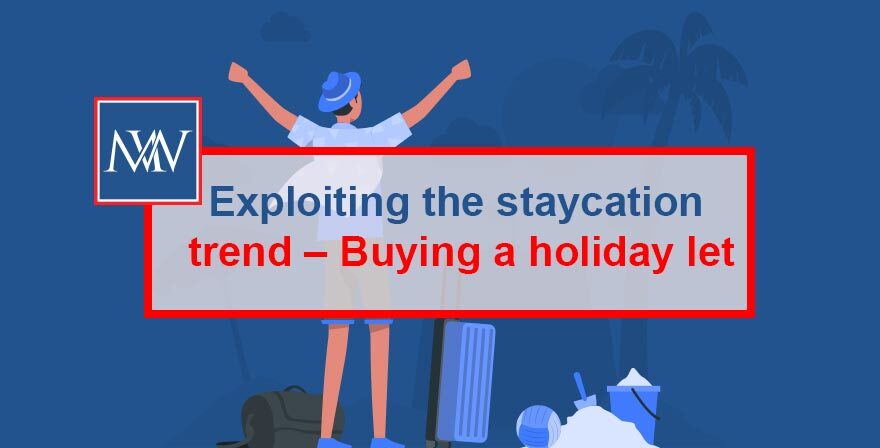
Exploiting the staycation trend – Buying a holiday let
Those looking to buy an investment property may wish to consider a holiday let. Not only do the second and subsequent homes benefit from SDLT savings as a result of the temporary increase in the SDLT threshold, they can also benefit from the favourable tax regime for furnished holiday lettings.
Tax advantages
There are special tax rules for properties that qualify as furnished holiday lettings:
- plant and machinery capital allowances can be claimed for furniture, equipment and fixtures;
- capital gains tax reliefs for traders – business asset disposal relief, business asset rollover relief, relief for gifts of business assets — are available;
- profits count as earnings for pension purposes.
However, to qualify, the let must meet the conditions to qualify as an FHL.
Conditions
The property must be in the UK or in the EEA, it must be let commercially and it must be let furnished. In addition, it must meet three occupancy conditions:
- pattern of occupancy condition — the total of all lettings that exceed 31 days is not more than 155 days in the year;
- the availability condition — the property must be available for letting as furnished holiday accommodation for at least 210 days in the tax year (excluding any days in which the landlord stays in the property); and
- the letting condition –the property must be let commercially as furnished holiday accommodation to the public for at least 105 days in the year (ignoring lets of more than 31 days unless the let exceeds 31 days as a result of unforeseen circumstances and lets to family or friends).
Second chances
If the let does not meet the letting condition (which may be the case, for example, if there are further lockdowns) all is not lost. Where the landlord has more than one property let as a FHL, the letting condition is treated as met if the average rate of occupancy for all properties is at least 105 days in the year. To take advantage of this, the landlord must make an averaging election no later than one year from 31 January following the end of the tax year (i.e. by 31 January 2023 in respect of an election for 2020/21).
The second way of qualifying as a FHL in a year where the letting condition has not been met is to make a period of grace election. This route can be taken where there was a genuine intention to meet the condition but this did not happen due to unforeseen circumstances (such as letting cancelled due to lockdowns). To be eligible to make an election, the pattern of occupation and the availability conditions must have been met and, for the first year for which a period of grace election is made, the lettings condition was met in the previous tax year. Where a period of grace election is made, the lettings condition is treated as met. A further period of grace election can be made for the following year if the lettings condition is not met that year. However, if after two successive period of grace elections the letting condition is not met, the property will cease to qualify as a FHL.
Separate FHL business
Lettings that are FHLs are taxed as a separate FHL property business.
SDLT deadline
The residential SDLT threshold is increased to £500,000 where completion takes place between 8 July 2020 and 31 March 2020. This also benefits those purchasing second and subsequent residential properties as the 3% supplement is added to the residential rates, as reduced. However, the clock is running and completion must take place by 31 March 2021 to benefit from the savings.
For more information on “Holiday let”, Book a Free Consultation
Need Accountancy Support?
For information on bespoke training, or if you have any other questions for Makesworth Accountant, please fill in your details below




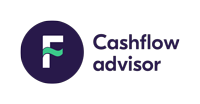



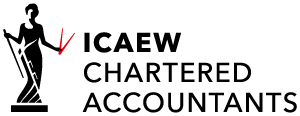
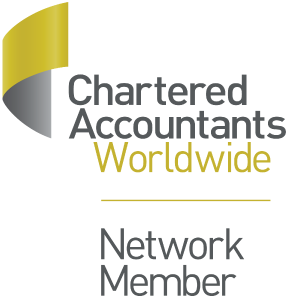
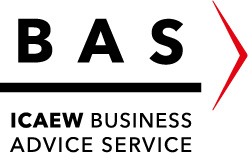



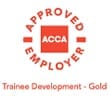



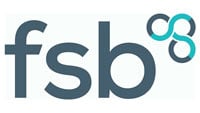

 150
150